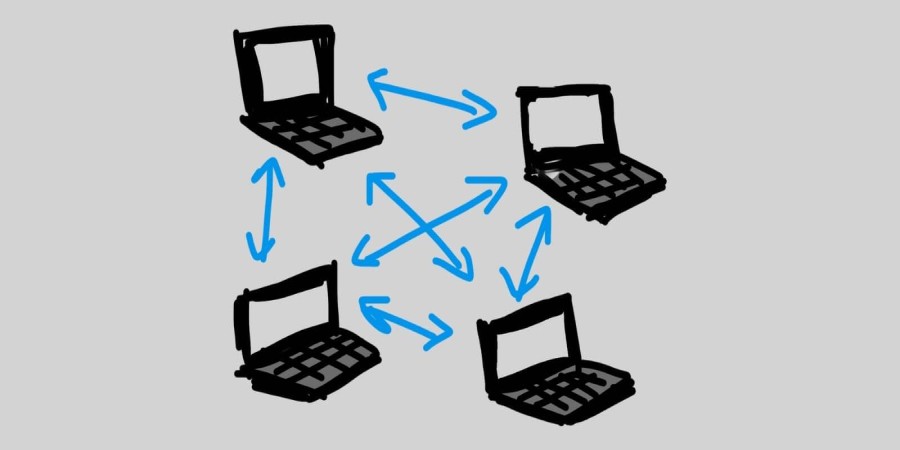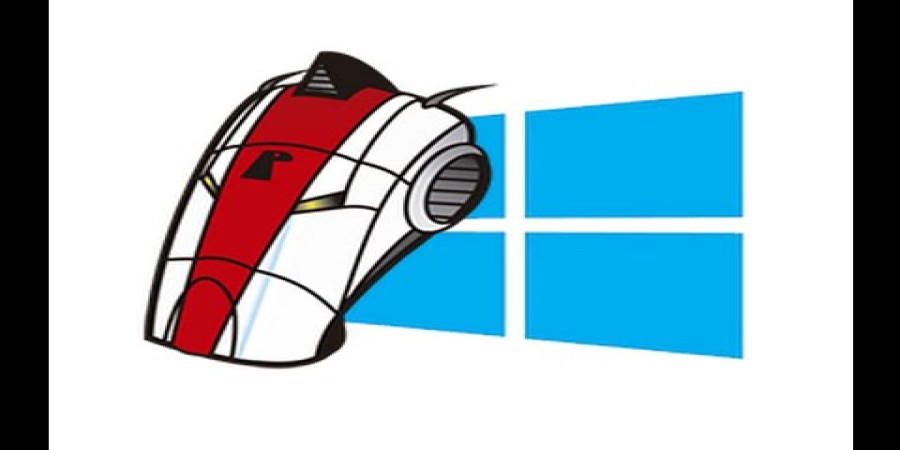

Understanding Peer-to-Peer (P2P) File Transfer: A Decentralized Approach to Sharing
In today’s digital world, the way we share and access information has evolved dramatically. One of the most important developments in file sharing is peer-to-peer (P2P) file transfer. Unlike traditional client-server models, P2P technology offers a decentralized, efficient, and scalable method for distributing data across networks.
What is P2P File Transfer?
Peer-to-peer file transfer is a method of sharing files directly between computers (peers) over a network without relying on a central server. Each peer in the network can act as both a client and a server, downloading and uploading files simultaneously. This structure allows for faster and more resilient file distribution.
How Does It Work?
In a P2P system, when a user downloads a file, they also begin to upload parts of that file to other users. The file is typically broken into smaller pieces, and peers download different pieces from multiple sources at once. Once a piece is downloaded, the user can share it with others. This simultaneous exchange greatly increases the speed and efficiency of the transfer.
Popular P2P protocols and software include:
-
BitTorrent (used by clients like uTorrent, qBittorrent, and BitTorrent itself)
-
eDonkey/eMule
-
Gnutella
-
Direct Connect
Benefits of P2P File Sharing
-
Decentralization: No single point of failure. If one user goes offline, others can still share the data.
-
Efficiency: Downloads can be faster because users receive pieces of a file from multiple peers at once.
-
Scalability: As more users join the network, the system becomes more robust and efficient.
-
Cost-effective: Reduces the load on central servers, lowering bandwidth and storage costs.
Common Uses
-
Distributing large files, such as software, updates, or multimedia content
-
Sharing open-source software
-
Content delivery networks (CDNs) using hybrid P2P models
-
Blockchain and decentralized applications, which rely on peer-based systems
Challenges and Concerns
-
Copyright Issues: P2P has been heavily associated with piracy. It's crucial to share only legal content.
-
Security Risks: Malicious users may distribute harmful or infected files.
-
Network Management: Some internet service providers (ISPs) limit or throttle P2P traffic due to its high bandwidth usage.
-
Privacy: Users' IP addresses are often visible in P2P networks, which can raise privacy concerns.
Legal and Ethical Use
P2P technology itself is not illegal—it’s simply a tool. However, how it's used determines its legality. Many organizations use P2P systems to distribute updates or large files, while others misuse it to share copyrighted content without permission. Ethical use involves sharing only content that you have the right to distribute.
The Future of P2P
As the internet becomes more decentralized, P2P technologies are gaining renewed interest—not only for file sharing but also for distributed computing, data storage, and blockchain networks. With innovations like IPFS (InterPlanetary File System) and Web3 technologies, P2P systems are helping shape the future of the internet.
Conclusion
P2P file transfer represents a powerful and flexible method of sharing data. By removing the dependency on central servers, it enables faster downloads, greater redundancy, and a more open internet. However, it also requires responsible use to avoid legal and security issues. As technology advances, P2P will likely continue to play a key role in digital distribution and decentralized systems.
Popular articles

Apr 13, 2025 01:30 PM

Apr 13, 2025 01:41 PM

Apr 13, 2025 01:31 PM

Apr 13, 2025 01:23 PM

Apr 13, 2025 01:27 PM
Categories
Comments (0)